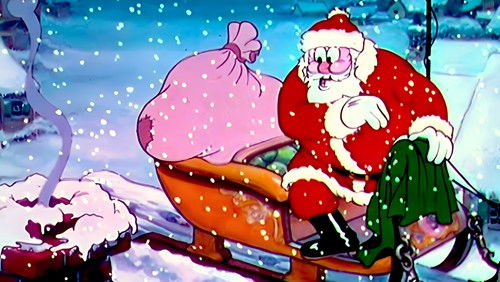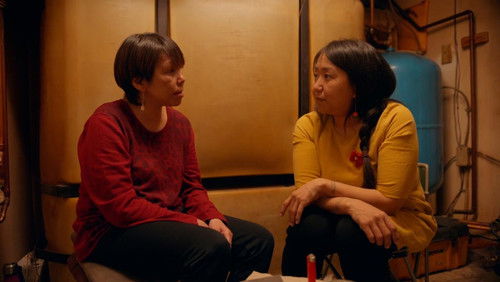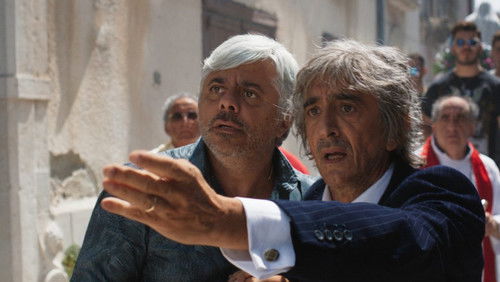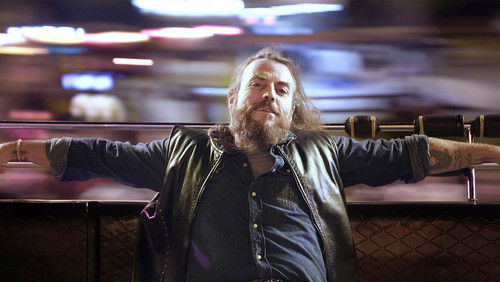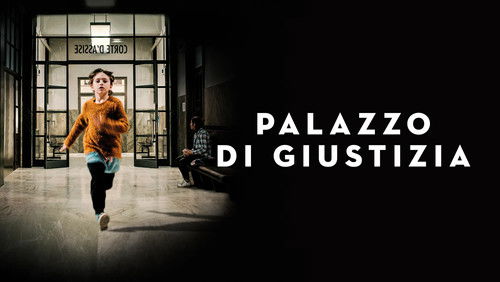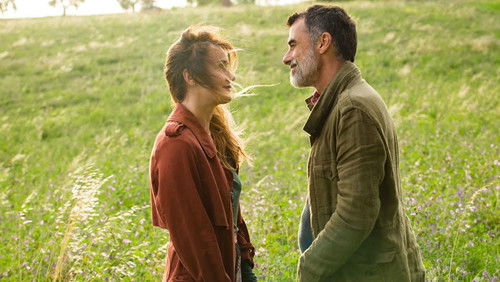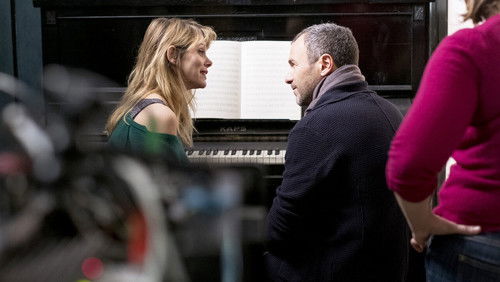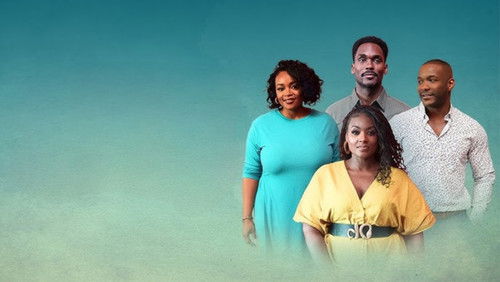Der Mohnblumenberg (2011)
42KDer Mohnblumenberg: Directed by Gorô Miyazaki. With Masami Nagasawa, Jun’ichi Okada, Keiko Takeshita, Yuriko Ishida. A group of Yokohama teens look to save their school’s clubhouse from the wrecking ball in preparations for the 1964 Tokyo Olympics.
“Not all Japanese anime is the u0026quot;powu0026quot; u0026quot;bangu0026quot; of giant robots fighting. Weu0026#39;re familiar with whimsical -often u0026quot;supernaturalu0026quot;- stories from Miyazaki and others, and also the strong environmental themes that pervade much of Miyazakiu0026#39;s work. Then thereu0026#39;s the u0026quot;shoujou0026quot; sub-genre -aimed at pre-teen to teenage girls- which tends to have female leads, romantic subplots, and resolutions involving personal growth. It seems to me u0026quot;shoujou0026quot; substantially overlaps with anime that emphasize nostalgia and childhood. The Studio Ghibli anime u0026quot;Only Yesterdayu0026quot; (_not_ distributed in the U.S. by Disney, and hence perhaps not as well known) was in many ways a pioneer in this subtype of anime.u003cbr/u003eu003cbr/u003eu0026quot;From Up on Poppy Hillu0026quot;, the most recent Studio Ghibli fare, is definitely a u0026quot;shoujou0026quot;. Itu0026#39;s directed by a Miyazaki too …but not u0026quot;theu0026quot; Miyazaki. Hayao Miyazaki is officially credited as the writer, and seems to have been intimately involved. But the actual director is his son Goro Miyazaki. Father and son share a strong preference for the traditional hand-drawn style of 2D animation over detailed and beautiful background paintings. I found the result quite charming. Itu0026#39;s less u0026quot;realisticu0026quot; and u0026quot;action-packedu0026quot; than the 3D fare we usually see, but more imaginative. This story is much calmer and slower and less frenetic than our usual fare, something I found refreshing.u003cbr/u003eu003cbr/u003eDespite the placid surface, the story is in fact quite intricate, even suspenseful. Although not u0026quot;edge of your seatu0026quot; manipulative, it definitely pulls you into the story and makes you continually wonder u0026quot;whatu0026#39;s next?u0026quot;.u003cbr/u003eu003cbr/u003eAlthough released in Japan well over a year earlier, the English version was released in the U.S. only in March of 2013. The distributor for this release is u0026quot;GKIDSu0026quot;, which is not a name Iu0026#39;m familiar with.u003cbr/u003eu003cbr/u003eDisney made an u0026quot;agreementu0026quot; with Studio Ghibli nearly twenty years ago which suggests they have distribution rights over much of the globe for most Studio Ghibli products. (The agreement has been u0026quot;amendedu0026quot; a number of times in private, and its exact terms are not known to me.) Itu0026#39;s had two important results for U.S. audiences: First, thereu0026#39;s now a strong tradition of u0026quot;no cutsu0026quot;- what Studio Ghibli animates is exactly what we see, with no u0026quot;fiddlingu0026quot; in an editing room. And second, Disney has gotten us used to very high quality English soundtracks. In fact the quality is often so high that even anime connoisseurs who donu0026#39;t actually speak Japanese often prefer the English audio (rather than the Japanese audio with subtitles). The traditional rule of thumb u0026quot;dubs sucku0026quot; has been modified to u0026quot;dubs suck, except animes handled by Disneyu0026quot;.u003cbr/u003eu003cbr/u003eGiven that u0026quot;agreementu0026quot; and its recent history, one would expect Disney to distribute u0026quot;From Up on Poppy Hillu0026quot; in the U.S. too. But in fact, although Disney remains the international distributor in much of rest of the world, it is not involved in U.S. distribution of this film. Most likely Disney chose not to exercise its rights in the U.S., either because Goro Miyazakiu0026#39;s previous effort was critically panned, or because some of the themes of a typical u0026quot;shoujou0026quot; -entirely unremarkable in Japan- are considered incompatible with Disneyu0026#39;s image in the U.S. (Another possibility is the u0026quot;agreementu0026quot; covers works directed only by Hayao Miyazaki himself, not other Studio Ghibli directors. This seems unlikely to me …although to be honest I really donu0026#39;t know for sure.) u003cbr/u003eu003cbr/u003eBut even though Disney wasnu0026#39;t involved this time, the tradition was respected. The English audio is _very_ high quality, even to the point of translating entire songs, not only for solo voices but even for a whole chorus. The voice acting is top notch, the sync is perfect, and considerable effort has been expended on translating idioms and slang from one culture to another.u003cbr/u003eu003cbr/u003eMy local theater, apparently scared either by the odd distribution or by Goro Miyazakiu0026#39;s previous reputation, scheduled it on their teeny tiny u0026quot;art houseu0026quot; screen. But there were lots of viewers of all ages, and they seemed to like what they saw. Itu0026#39;s definitely worth watching.”
